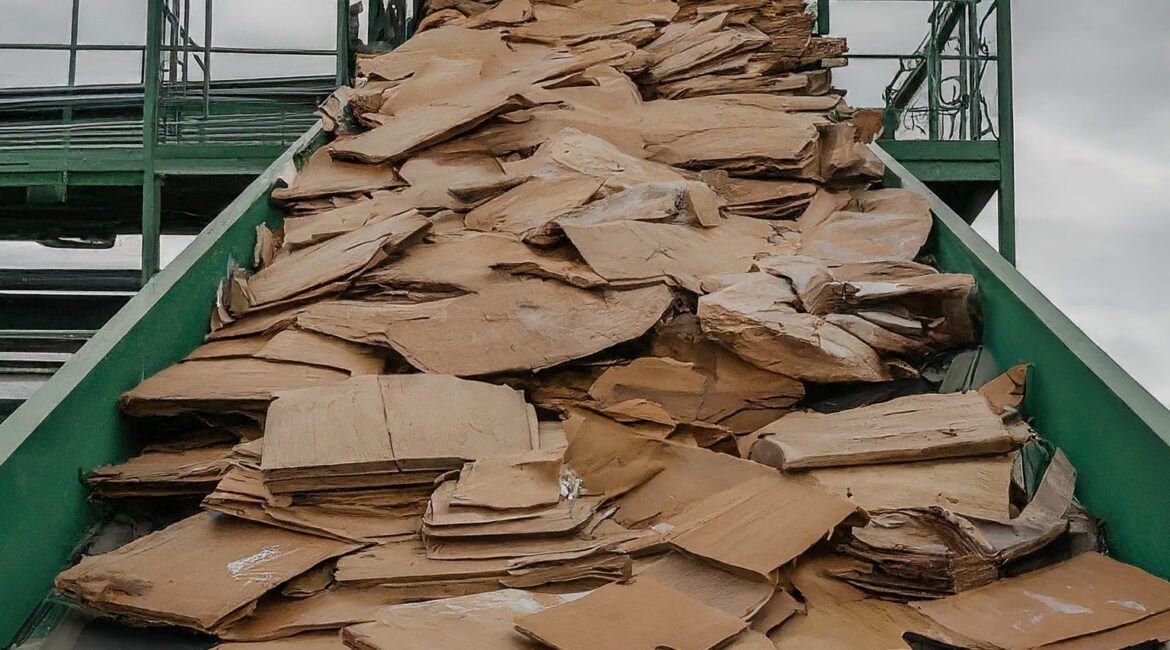A new study reveals a significant gap between the amount of cardboard that could be recycled and what actually gets recycled in the United States. While researchers estimate the potential value of recycled cardboard at $8 billion annually, only around 38% of cardboard waste is actually diverted from landfills.
The disparity stems largely from a difference in recycling rates between commercial and residential sectors. Waste paper recycling is robust in commercial settings but lags behind in households. The rise of e-commerce and the resulting surge in cardboard packaging are contributing factors.
Limited access to recycling programs also plays a role. Only 37% of multi-family residences have access to home recycling, hindering overall recycling efforts. The good news is that when households do have access to recycling, waste paper is the most frequently recycled material, at a rate of 81%.
The study’s findings highlight the potential for improvement and the economic and environmental benefits of increased cardboard recycling. Landfills are significant emitters of methane, a potent greenhouse gas. Recycling reduces landfill waste and extends landfill lifespans.
States with Extended Producer Responsibility (EPR) laws, which hold companies financially responsible for recycling their products, are showing promise. Colorado, for example, not only has an EPR law but also reimburses local governments for recycling costs, encouraging the development of more residential recycling programs.
With pressure mounting to achieve net-zero emissions by 2050, addressing the cardboard recycling gap will be crucial. Increased efforts to improve access to recycling programs and potentially broader adoption of EPR laws could significantly improve the US’s cardboard recycling rate.

